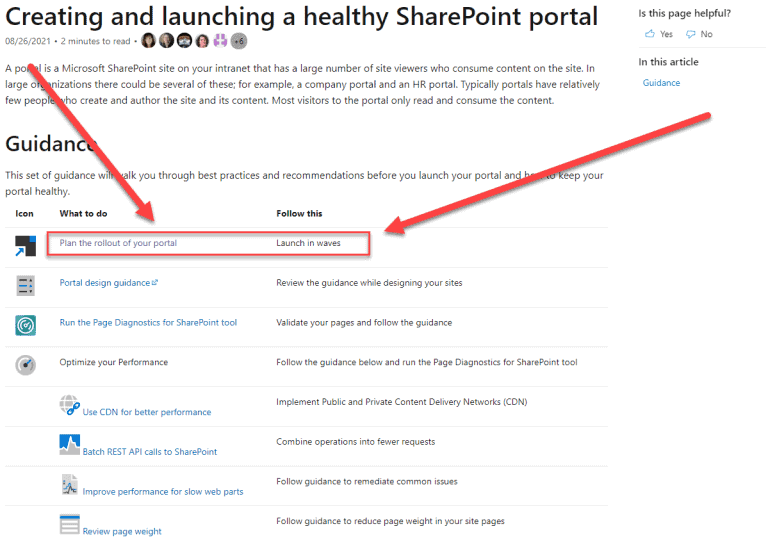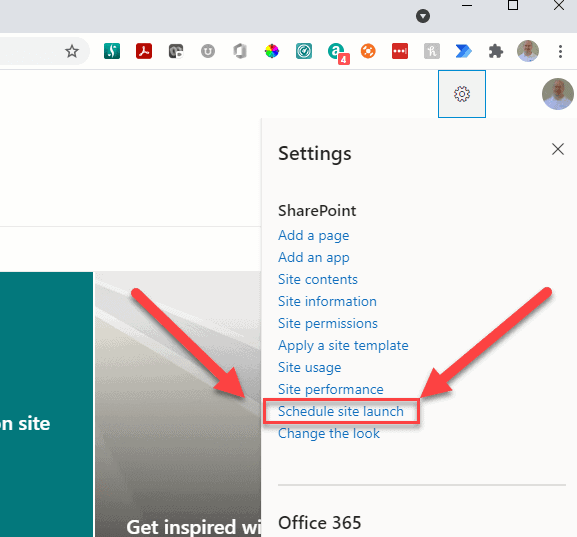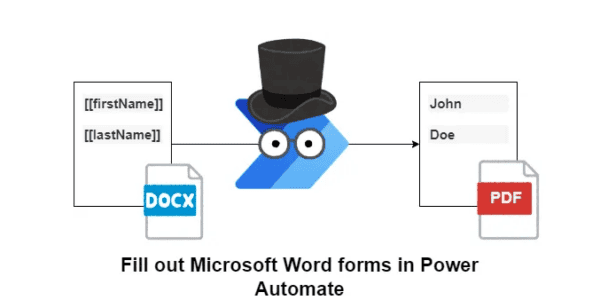In this short post I cover the SharePoint Online (SPO) Launch Scheduling Tool and why you should get familiar with it before you launch a new SPO site or portal.
Getting Set To Launch Your SPO Site?
I’ve noted that my style of writing tends to build the case for the point I’m going to try to make before actually getting to the point. This time around, I’m going to lead with one of my main arguments:

Don’t do “big bang” style launches of SPO portals and sites; i.e., making your new SPO site available to all potential users as once! If you do, you may inadvertently wreck the flawless launch experience you were hoping (planning?) for.
Why “Big Bang” Is A Big Mistake
SharePoint Online (SPO) is SharePoint in the cloud. One of the benefits inherent to the majority of cloud-resident applications and services is “elasticity.” In case you’re a little hazy on how elasticity is defined and what it affords:
“The degree to which a system is able to adapt to workload changes by provisioning and de-provisioning resources in an autonomic manner, such that at each point in time the available resources match the current demand as closely as possible”
This description of elasticity helps us understand why a “big bang”-style release comes with some potential negative consequences: it goes against (rather than working with) the automatic provisioning and deprovisioning of SPO resources that serve-up the site or portal going live.
SPO is capable of reacting to an increase in user load through automated provisioning of additional SharePoint servers. This reaction and provisioning process is not instantaneous, though, and is more effective when user load increases gradually rather than all-at-once.
The Better Approach
Microsoft has gotten much better in the last bunch of years with both issuing (prescriptive) guidance and getting the word out about that guidance. And in case you might be wondering: there is guidance that covers site and portal releases.
One thing I feel compelled to mention every time I give a presentation or teach a class related to the topic at hand is this extremely useful link:
The PortalHealth link is the “entry point” for planning, building, and maintaining a healthy, high performance SPO site/portal. The page at the end of that link looks like this:

I’ve taken the liberty of highlighting Microsoft’s guidance for launching portals in the screenshot above. In short, The CliffsNotes version of that guidance is this: “Launch in waves.”
The diagram that appears below is pretty doggone old at this point (I originally saw it in a Microsoft training course for SPO troubleshooting), but I find that it still does an excellent job of graphically illustrating what a wave-based/staggered rollout looks like.

Each release wave ends up introducing new users to the site. By staggering the growing user load over time, SPO’s automated provisioning mechanisms can react and respond with additional web front-ends (WFEs) to the farm (since the provisioning process isn’t instantaneous). An ideal balance is achieved when WFE capacity can be added at a rate that keeps pace with additional users in the portal/site.
Are There More Details?
As a matter of fact, there are.
The nicest part of the scheduling tool (for me) is the convenience with which it is accessed. If you go to your site’s Settings dropdown (via the gear icon), you’ll see the launch scheduler link looking you in the face:

There is some “fine print” that must be mentioned. First, the launch scheduling tool is only available for use with (modern) Communication Sites. In case any of you were still hoping (for whatever reason) to avoid going to modern SharePoint, this is yet another reminder that modern is “the way” forward …
If you take a look at a screenshot of the scheduler landing page (below), you’ll note the other “fine print” item I was going to mention:

Looking at the lower left quandrant of the image, you’ll see a health assessment report. That’s right: much like a SharePoint root site swap, you’ll need a clean bill of health from the SharePoint Page Diagnostics Tool before you can schedule your portal launch using the launch scheduling tool.
Microsoft is trying to make it increasingly clear that poorly performing sites and portals need to addressed; after all, non-performant portals/sites have the potential to impact every SPO tenant associated with the underlying farm where your tenant resides.
(2021-09-15) ADDENDUM: Scott Stewart (Senior Program Manager at Microsoft and all-around good guy) pinged me after reading this post and offered up a really useful bit of additional info. In Scott’s own words: “It may be good to also add in that waves allow the launch to be paused to fix any issues with custom code / web parts or extensions and is often what is needed when a page has customizations.”
As someone who’s been a part of a number of portal launches in the past, I can attest to the fact that portal launches seldom go off without a hitch. The ability to pause a launch to remediate or troubleshoot a problem condition is worth scheduler-controlled rollout alone!
Conclusion
The Portal Launch Scheduler is a welcome addition to the modern SharePoint Online environment, especially for larger companies and organizations with many potential SPO users. It affords control over the new site/portal launch process to control load and give the SPO environment the time it needs to note growing user load and provision additional resources. This helps to ensure that your portal/site launch will make a good (first) impression rather than the (potentially) lousy one that would be made with a “big bang” type of launch.
References and Resources
- Wikipedia: Elasticity (cloud computing)
- Microsoft: Portal Health Entry Page
- Microsoft: Planning your portal launch roll-out plan in SharePoint Online
- Site: About CliffsNotes
- Microsoft: Launch your portal using the SharePoint Portal launch scheduler
- Microsoft: Create a communication site in SharePoint
- Microsoft: Modernize your root site
- Post: One Tool To Rule Them All
Enjoy more great free blogs here.
About the Author:
I am a consultant for Bitstream Foundry LLC, a SharePoint solutions, services, and consulting company headquartered in Cincinnati, Ohio. My professional development background goes back to the COM and pre-COM days – as well as SharePoint (since 2004) – and I’ve spent a tremendous amount of time both in the plumbing (as an IT Pro) and APIs (as a developer) associated with SharePoint and SharePoint Online. In addition, I’ve been a Microsoft MVP (Most Valuable Professional) in the Office Apps & Services category since 2016.
Reference:
McDonough, S. (2021). Launching Your SPO Site or Portal. Available at: https://sharepointinterface.com/2021/09/15/launching-your-spo-site-or-portal/ [Accessed: 4th October 2021].










